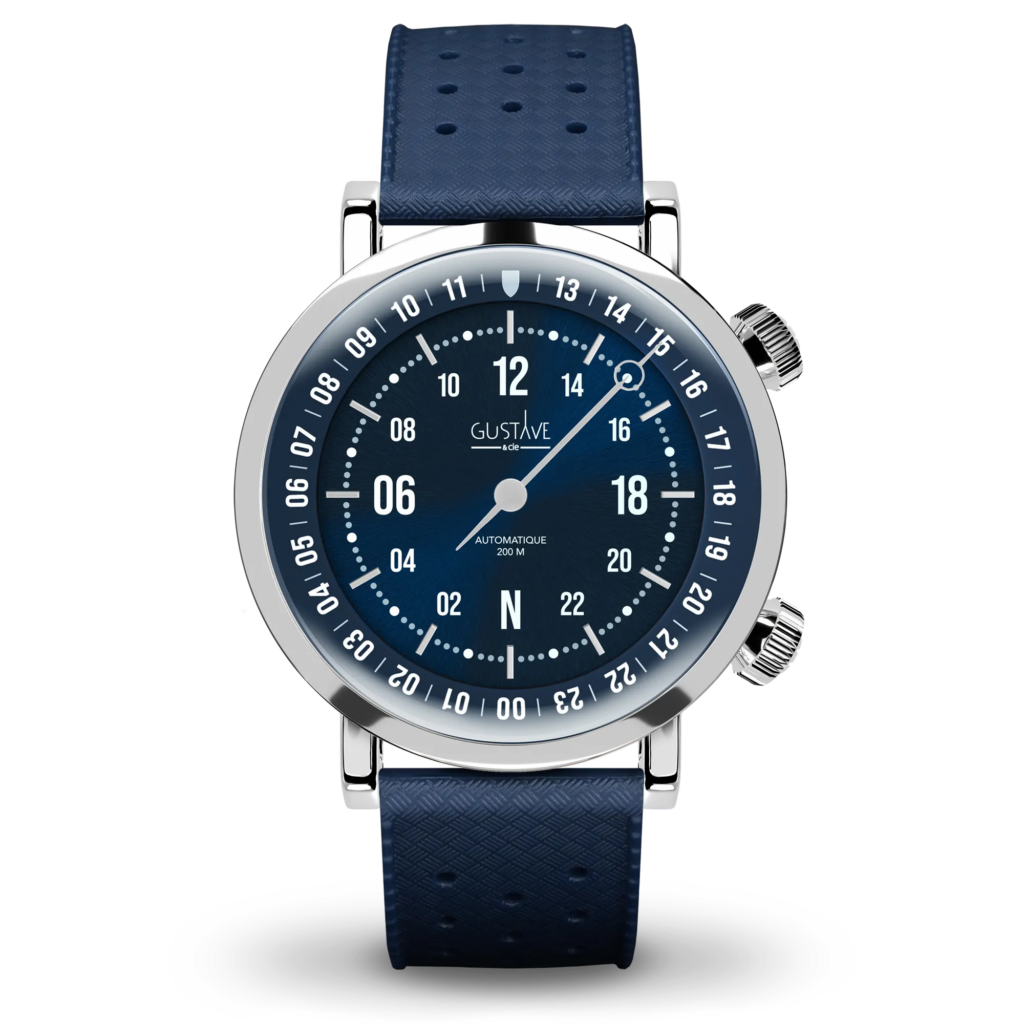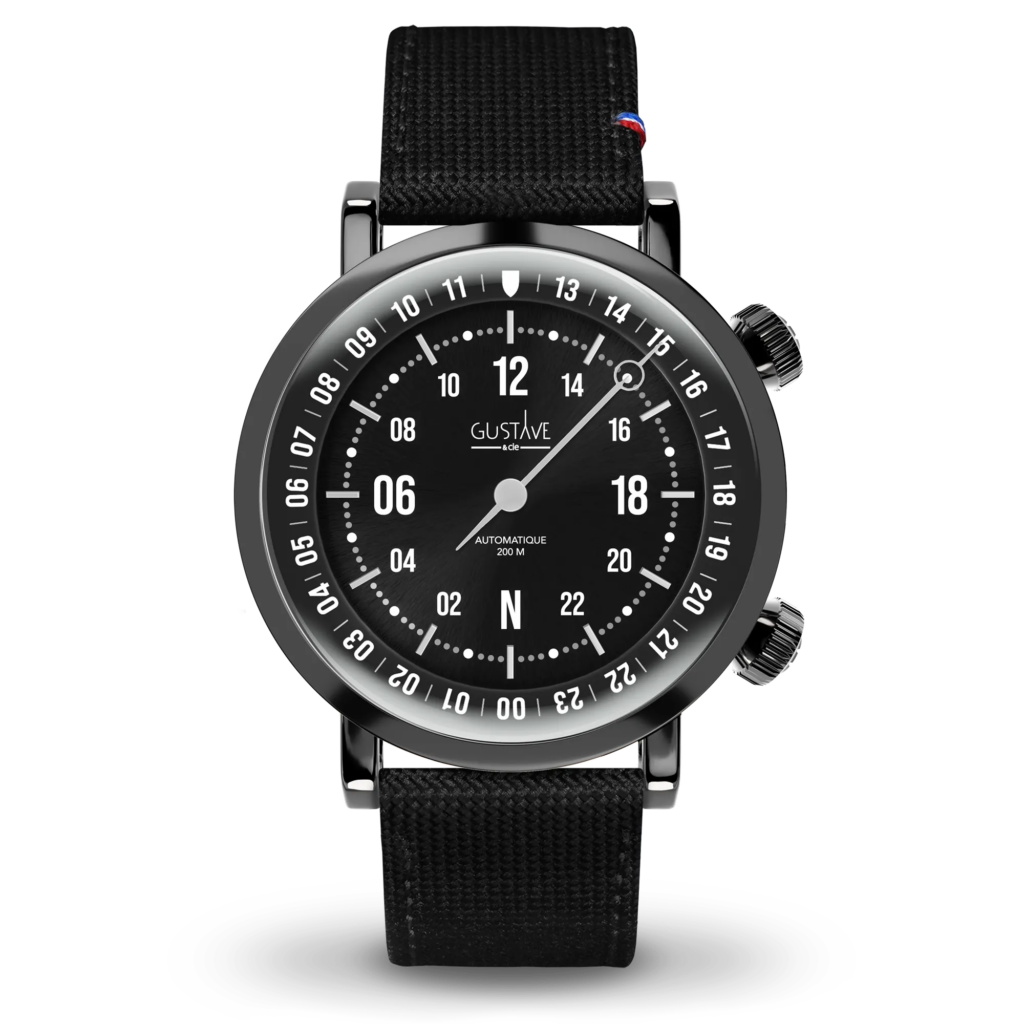Why use an automatic watch winder
Your automatic watch has an advantage certain compared to manual mechanics: the oscillating mass. This mass allows you to wind the barrel spring automatically using the movements of your wrist, without even touching the crown. The only “disadvantage” is that if you don’t wear your watch for several days, it simply stops like any mechanical watch.
It's simple and mathematical, you don't wear it so the mass doesn't move and therefore the movement doesn't wind: the watch is completely stopped. So don't panic, there's nothing serious about it. All you have to do is wind your watch by hand to restart it the day you decide to put it back on your wrist.
But sometimes collectors like their automatic watches to be permanently active especially if they are luxury watches which have certain complications. As a result, some have watch winders automatic also called range simulators.
But what is this gadget for? Is it really useful and will it damage my watch?
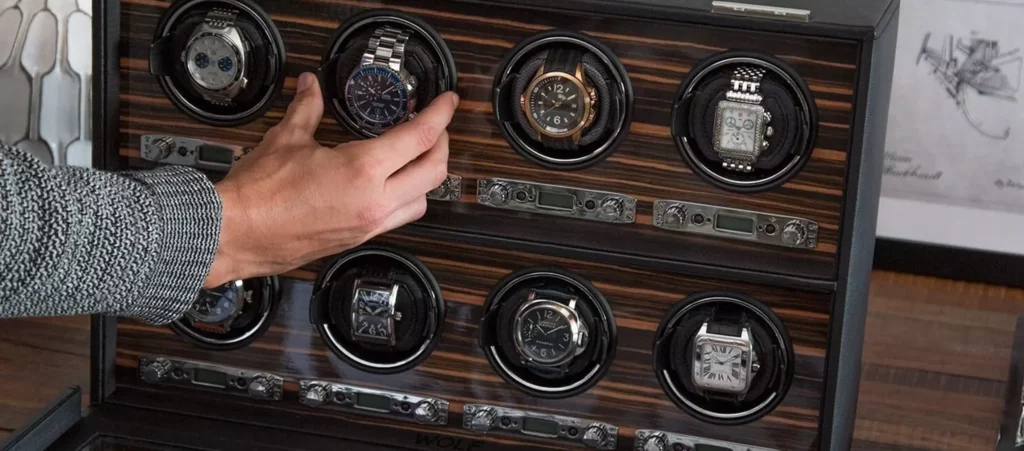
Watch operation and oil wear
We talked about it in our article “Maintain your mechanical watch according to the rules of the art”, your automatic watch has a mechanism comprising various components. In order to lubricate everything and allow the watch to function properly while reducing wear, each part is oiled or greased. This oil preserves the movement but not for long, at least if you don't take good care of your watch.
In a few weeks, oil yields once affixed to your movement will become less effective. Returns sometimes decrease by around ten% in just a few weekss even if the watch is used.
And yes, your watch increases its longevity and therefore the space between each maintenance by operating regularly. Effectively, oils dry and above all freeze. Frozen oil will not oil your components well and they will rub, losing material and thus lifespan.
To take care of your watch you must wind it regularly, and even better to wear it so that nothing freezes and your watch can live between 5 and 10 years quietly without maintenance.
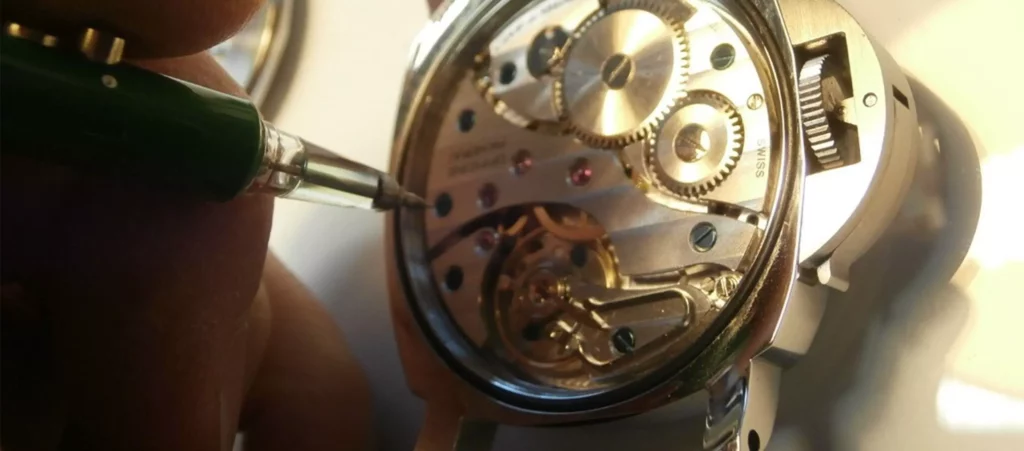
Before you get started: types of automatic movements
In mechanical watches, there are different variants like automatic watches. From now on, they can be wound regardless of the direction of rotation of the oscillating weight. This wasn't always the case. Many versions exist, such as “bumper” watches, oscillating weights only going up in one direction, etc.
Other movements such as the “Jaeger-LeCoultre Futurematic” exist but are much rarer. On this watch the mass stops and attaches to the movement once it is completely wound up.
Thus each watch needs more or less personalized attention, but in very general terms, today's automatic movements all work in the same way.
Do your research, especially if you have a truly unique vintage piece before spinning it on a watch winder.
The different winder boxes for automatic watches
In order to meet these winding expectations and prevent the oils from drying out, watchmakers have developed range simulators, also called automatic winders.
Depending on your use you will need a more or less sophisticated watch winder, however for the vast majority of automatic watches, a classic watch winder will do the job perfectly.
The best are still those with an option where you can choose the number of revolutions performed per day so as not to rotate too much and thus take breaks so as not to ask too much of your timepiece.
Prices vary between €50 and several thousand euros. The first prices offer no customization and run without interruption. These watch winders may be suitable if you use your watch often and don't leave it on for too long.
For more high-end models you will have a number of more advanced options and designs. You can adjust the number of laps per day, the number of breaks, sometimes even the speed, etc. In addition, they will be validated by different organizations or brands such as Rolex for “Kubik Box”.
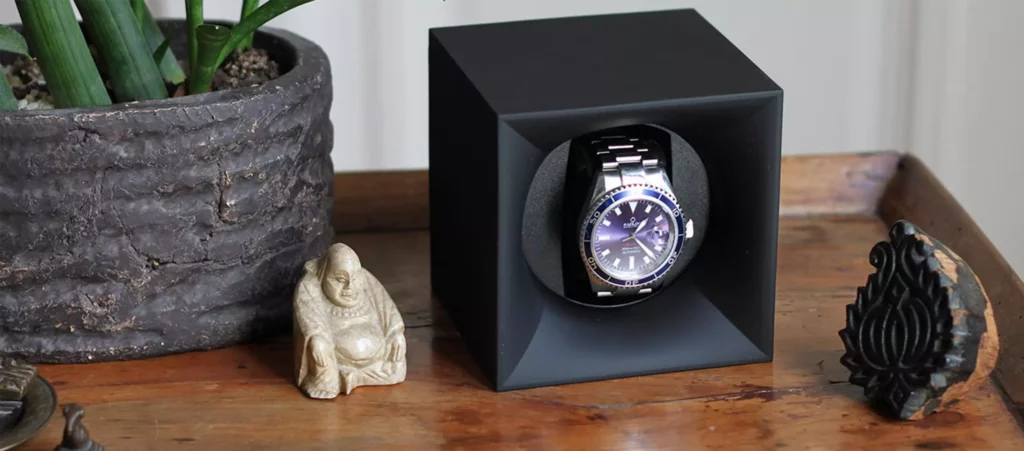
Storage & decoration
For long term storage, an adjustable simulator, so winding your watch once or twice a week would be perfect. The latter will keep the watch warm, a closed box would be preferable so as not to let dust in.
Of course these fascinating accessories have more aesthetic versions and can serve asdecorative objects in its own right and then you are free to choose what matches your interior. Additionally, some of the simulators are offered in the form of safes and can thus protect your watches from wear, dust and even possible burglaries.
Options that still have their value because this type of chest is worth several thousand euros depending on the number of locations you want: 4, 6, 8 or even 12 watches.
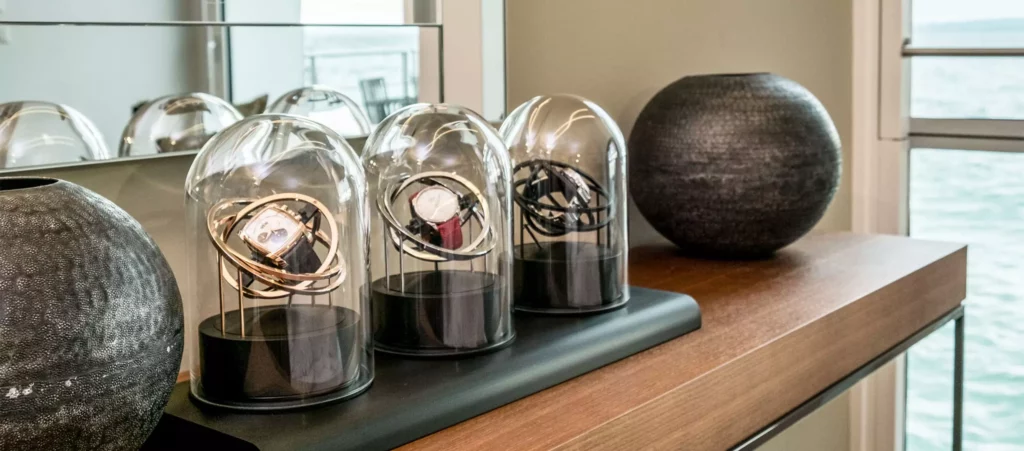
warnings
There is still a little warning to end this article. These gadgets are particularly effective but only on the timepieces maintained and properly serviced so as not to damage the mechanism.
This type of accessory for watch enthusiasts allows you to vary the pleasures and to wear all these watches as you wish while some are quietly resting in the winder. What better ?
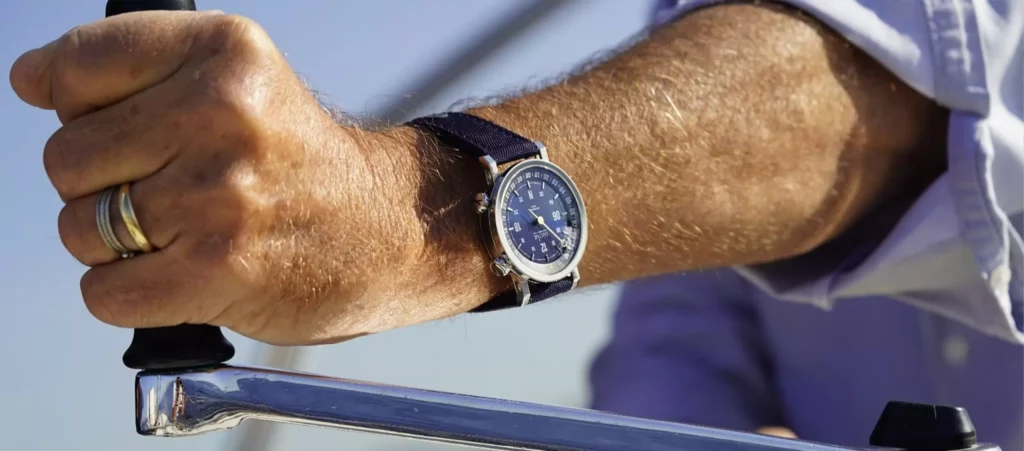
Conclusion
Range simulators are fascinating and are much more than “gadgets”. They have one real usefulness and protect your timepieces and more particularly your oils from obsolescence. Of course some knowledge is necessary about your watch as well as the automatic watch winder in order to perfectly combine one with the other.
OUR AUTOMATIC JULES COLLECTION
SOURCES:
- Photo of multiple winders: Remontoirmontre.com
- Photo Oiling: atelier-alabonneheure
- Photo Kubik Box : laboiteamontres.com
- Photo 3 remontoirs : monochrome-watches.com

